Gastric Sleeve Recovery in Mexico: What to Expect
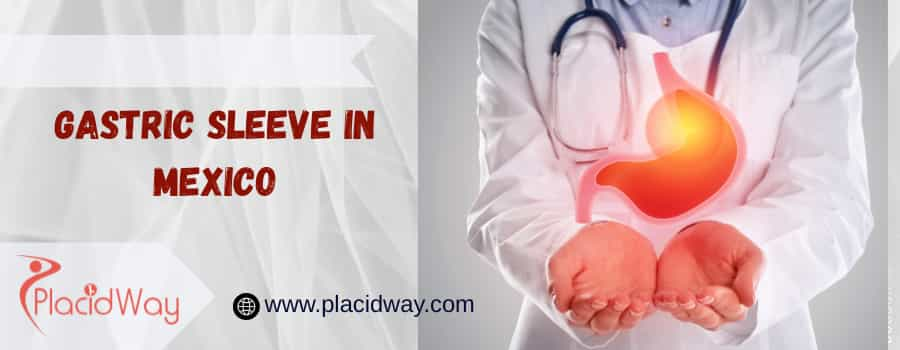
Gastric sleeve surgery, formally known as Sleeve Gastrectomy, is a widely performed bariatric procedure that helps individuals achieve significant and sustainable weight loss. It involves removing about 75-80% of the stomach, leaving a smaller, tube-shaped "sleeve" that restricts food intake and reduces hunger-inducing hormones.
When considering gastric sleeve surgery in Mexico, one of the most common questions, after cost and safety, is about the recovery time. Understanding the recovery timeline is crucial for planning your trip, managing expectations, and ensuring a smooth transition to your new lifestyle.
How long is the recovery time after gastric sleeve surgery in Mexico?
"The immediate recovery time after gastric sleeve surgery in Mexico typically involves a 1 to 2-day hospital stay, followed by 1-2 weeks of rest and light activity before returning to non-strenuous work. Full physical recovery and adaptation to new eating habits can take 3 to 6 months, with long-term lifestyle changes being lifelong."
Mexican bariatric centers are well-equipped to manage the immediate post-operative period, often emphasizing early mobilization and clear dietary progression. The recovery process is a journey with distinct phases, each requiring adherence to specific guidelines to ensure safety and optimal weight loss results. This information is accurate as of June 2025.
What is the immediate recovery timeline after gastric sleeve surgery in Mexico?
"The immediate recovery timeline after gastric sleeve surgery in Mexico typically includes a 1 to 2-day hospital stay for monitoring, pain management, and initial hydration, with patients usually able to walk within hours of surgery."
After your gastric sleeve surgery in Mexico, the initial hours and days are critical for monitoring and beginning the healing process.
- Immediately Post-Surgery (Day 0): You will wake up in a recovery room, likely feeling groggy from anesthesia but with pain medication keeping discomfort at bay. Nurses will closely monitor your vital signs. Most reputable clinics encourage or even require patients to start walking a few hours after surgery. This early mobilization is crucial for preventing blood clots and aiding recovery. You will typically begin with sips of clear liquids.
- Hospital Stay (Day 1-2): Patients usually spend 1 to 2 nights in the hospital. During this time, medical staff will continue to monitor you for any signs of complications (like leaks from the staple line, though rare). You'll gradually increase your intake of clear liquids. The medical team will provide detailed instructions on your post-operative diet progression and medication schedule before discharge.
- Post-Discharge (Day 3-7 in Mexico): Many patients will then transition to a nearby hotel or recovery house for another few days. This allows them to remain close to the surgical team for any immediate follow-up appointments, such as drain removal (if applicable) or initial dietary guidance, before traveling back home. Light walking remains important.
This initial phase is managed closely by the surgical team to ensure a safe transition from surgery to initial recovery.
How long before I can return to work after gastric sleeve surgery from Mexico?
"Most patients can return to non-strenuous work (e.g., desk jobs) within 1 to 2 weeks after gastric sleeve surgery in Mexico, while those with physically demanding jobs may need to wait 4 to 6 weeks or longer."
The time it takes to return to work depends heavily on the nature of your job and your individual healing process:
- Desk Jobs/Non-Physical Work: If your job primarily involves sitting or light tasks, you may feel well enough to resume work from home or in the office within 1 to 2 weeks post-surgery. You will still be adjusting to your new diet and energy levels, so flexibility from your employer is beneficial.
- Physically Demanding Jobs: For jobs that involve heavy lifting, prolonged standing, or strenuous activity, a longer recovery period of at least 4 to 6 weeks is typically recommended. This allows sufficient time for the internal staple line to heal completely and for your body to regain strength, minimizing the risk of complications.
- Individual Variation: Everyone heals differently. Factors like your overall health before surgery, adherence to post-operative instructions, and whether you experience any minor complications can influence your return-to-work timeline.
It's crucial to discuss your specific job requirements with your surgeon in Mexico before your procedure so they can provide a personalized recommendation for your return to work.
What is the dietary progression timeline after gastric sleeve surgery?
"The dietary progression after gastric sleeve surgery is a critical part of recovery, starting with clear liquids for 1-2 weeks, advancing to pureed foods for 2-3 weeks, then soft foods for 2-3 weeks, before gradually transitioning to a healthy, balanced solid diet."
This structured dietary progression is vital to allow your stomach to heal and to prevent complications like leaks or stretching of the new stomach pouch.
- Phase 1: Clear Liquids (Week 1-2): Immediately after surgery, you'll be limited to clear liquids like water, broth, sugar-free gelatin, and clear protein shakes. Hydration is paramount during this phase.
- Phase 2: Full Liquids/Pureed Foods (Week 3-4/5): After about one to two weeks, you'll gradually introduce thicker liquids and then pureed foods. This includes protein shakes, thin soups, yogurt, and pureed meats/vegetables. The goal is to ensure you're getting adequate protein while the stomach continues to heal.
- Phase 3: Soft Foods (Week 5-6/8): Around week 5, you'll transition to soft, easily digestible foods like scrambled eggs, soft fish, cooked vegetables, and mashed fruits. Foods should still be chewed very thoroughly.
- Phase 4: Solid Foods (Week 8+ and Lifelong): By about 8 weeks post-surgery, most patients can start incorporating a more regular solid diet. However, portion sizes will be much smaller, and emphasis remains on lean proteins, non-starchy vegetables, and slow eating. Certain foods (e.g., tough meats, fibrous vegetables, sugary/fatty foods) may need to be avoided or introduced with extreme caution.
Your nutritionist or surgical team in Mexico will provide a detailed dietary plan, and adhering strictly to it is paramount for successful healing and weight loss.
How long does it take for the stomach staple line to fully heal after gastric sleeve?
"The stomach staple line after gastric sleeve surgery typically takes about 6 to 8 weeks to fully heal, though initial sealing occurs within days, making the first few weeks the most critical period for avoiding complications like leaks."
The integrity of the staple line is a primary concern after gastric sleeve surgery.
- Initial Sealing: Within the first 24-48 hours, the staple line typically seals with fibrin, which is why leak tests are often performed before discharge.
- Early Healing: Over the first 1-2 weeks, the tissues begin to heal and strengthen around the staples. This is why a liquid-only diet is crucial during this phase to avoid putting pressure on the healing stomach.
- Full Healing: It generally takes about 6 to 8 weeks for the staple line to achieve full strength and for the stomach tissues to completely heal around the new sleeve. During this period, gradual dietary progression and avoidance of strenuous activity are vital.
Following your surgeon's post-operative instructions, especially regarding diet and activity levels, is the best way to ensure proper healing of the staple line and minimize the risk of complications.
What factors can influence the gastric sleeve recovery time in Mexico?
"Several factors can influence the gastric sleeve recovery time in Mexico, including the patient's overall pre-existing health, age, adherence to post-operative dietary and activity guidelines, the surgical technique used, and the absence or presence of complications."
While there are general timelines, individual recovery can vary:
- Overall Health Before Surgery: Patients who are in better general health, manage pre-existing conditions (like diabetes or hypertension) well, and have a lower BMI at the time of surgery may experience a smoother and faster recovery.
- Age: Younger patients often tend to recover more quickly than older patients, though age alone is not a definitive predictor of recovery speed.
- Adherence to Post-Operative Guidelines: Strict adherence to the prescribed liquid diet, gradual food progression, activity restrictions (especially lifting), and early, gentle mobilization is paramount. Deviating from these can significantly delay healing or lead to complications.
- Surgical Technique and Surgeon Expertise: The use of minimally invasive (laparoscopic) techniques, which is standard in reputable Mexican clinics, generally leads to faster recovery than open surgery. An experienced surgeon can perform the procedure more efficiently, potentially reducing trauma and aiding recovery.
- Presence of Complications: While rare, complications like staple line leaks, infections, blood clots, or internal bleeding will significantly prolong recovery time and may require additional medical intervention.
- Physical Activity Level: Gradual and consistent light activity (like walking) aids recovery by improving circulation and preventing complications. Overexertion or heavy lifting too soon can hinder healing.
- Support System: Having a strong support system at home can help manage daily tasks, allowing the patient to focus on recovery.
Reputable Mexican bariatric centers provide comprehensive support and clear instructions to help optimize recovery.
What are common discomforts and side effects during gastric sleeve recovery?
"During gastric sleeve recovery, common discomforts include pain and soreness at incision sites, nausea, fatigue, and body aches, typically managed with medication and gradually subsiding over the first few weeks."
Patients should anticipate these common experiences during their recovery:
- Pain and Soreness: Expected around the small abdominal incisions. This is usually managed effectively with prescribed pain medication in the initial days and then often transitions to over-the-counter pain relievers like Tylenol within a week.
- Nausea and Vomiting: Common, especially in the first few days, as the stomach adjusts. Anti-nausea medication is typically prescribed. Vomiting can occur if liquids or foods are consumed too quickly or in too large quantities.
- Fatigue and Weakness: Your body is expending significant energy on healing, and you'll be on a very restricted calorie intake initially. Feeling tired or weak is normal, particularly in the first few weeks.
- Body Aches: Some patients experience generalized body aches, often described as flu-like symptoms, as their body adjusts to rapid weight loss.
- Gas Pain: Trapped gas from laparoscopic surgery can cause discomfort, especially in the shoulders. Walking helps to relieve this.
- Changes in Bowel Habits: Constipation is common due to dietary changes and pain medication.
- Dehydration: A significant risk due to limited fluid intake initially. Constant sipping of water and sugar-free clear liquids is essential.
- Hair Thinning/Loss: Often occurs around 3-6 months post-op due to nutritional shifts and rapid weight loss, usually temporary.
- Feeling Cold: Due to reduced insulation from fat loss, many patients feel colder than usual.
- Mood Changes: Emotional adjustments to surgery, diet, and rapid body changes are common. Support groups can be very helpful.
Most of these symptoms are temporary and improve significantly as you progress through the dietary stages and your body adapts.
What kind of post-operative support is typically provided by clinics in Mexico?
"Reputable clinics offering gastric sleeve surgery in Mexico provide comprehensive post-operative support, including hospital monitoring, pain management, initial dietary guidance, and typically a dedicated patient coordinator or direct communication channel for follow-up questions after returning home."
Mexican bariatric centers understand the need for strong patient support, especially for international patients. This typically includes:
- Hospital Stay: 1-2 nights of professional nursing care, pain management, and vital sign monitoring.
- Leak Test: Often performed before discharge to ensure the integrity of the staple line.
- Nutritional Counseling: Detailed instructions on the post-operative diet progression, supplement requirements (multivitamins, calcium, B12 are lifelong), and hydration guidelines. Many clinics offer virtual follow-ups with their nutritionists.
- Medication Kit: A supply of necessary medications (pain relievers, anti-nausea, acid reducers) for your initial recovery at home.
- Direct Communication: Access to a patient coordinator, WhatsApp group, or direct phone/email contact with the medical team for questions and concerns once you return home.
- Recovery House (Optional/Included in some packages): Some clinics partner with or provide recovery houses for a few days post-hospital discharge, offering a supervised, comfortable environment.
- Virtual Follow-ups: Many clinics offer scheduled virtual consultations with the surgeon or dietitian in the weeks and months following surgery to monitor progress.
While this support is excellent, it is crucial for patients to proactively seek and establish long-term follow-up care with a local primary care physician, a bariatric specialist, and a registered dietitian in their home country for ongoing monitoring and guidance.
What is the long-term recovery and adjustment after gastric sleeve surgery?
"Long-term recovery and adjustment after gastric sleeve surgery extends for 12-18 months and beyond, focusing on sustained weight loss, adapting to permanent dietary and lifestyle changes, regular exercise, and managing potential nutritional deficiencies."
The journey doesn't end after the initial recovery. The gastric sleeve is a tool that requires lifelong commitment:
- Weight Loss Phase (First 12-18 Months): Most significant excess weight loss occurs in the first 12-18 months. This phase requires strict adherence to portion control, healthy food choices, and regular physical activity.
- Dietary Adaptation: Over time, you'll learn what foods your new stomach tolerates well and which cause discomfort. This is a continuous learning process. Eating slowly and chewing thoroughly become second nature.
- Nutritional Supplementation: Due to reduced food intake and absorption changes, lifelong daily multivitamin, calcium, vitamin D, and B12 supplements are critical to prevent deficiencies. Regular blood tests are essential to monitor levels.
- Exercise Routine: Gradually increasing physical activity to establish a regular exercise routine is vital for weight loss maintenance, muscle preservation, and overall health.
- Body Changes: Rapid weight loss can lead to excess skin. Some patients opt for body contouring surgeries later.
- Emotional and Psychological Adjustment: Adapting to a new body image, changing relationships with food, and managing psychological factors related to eating require ongoing support, often through support groups or counseling.
- Lifelong Follow-up: Regular check-ups with your medical team (ideally a bariatric specialist locally) are essential to monitor your health, nutrition, and weight loss progress for years to come.
The ultimate success of gastric sleeve surgery hinges on these long-term lifestyle changes and commitment to ongoing care.
Ready to take control of your health and explore world-class weight loss solutions? Visit PlacidWay to discover a range of global medical tourism options and connect with trusted providers offering safe and effective gastric sleeve surgery.


.png)








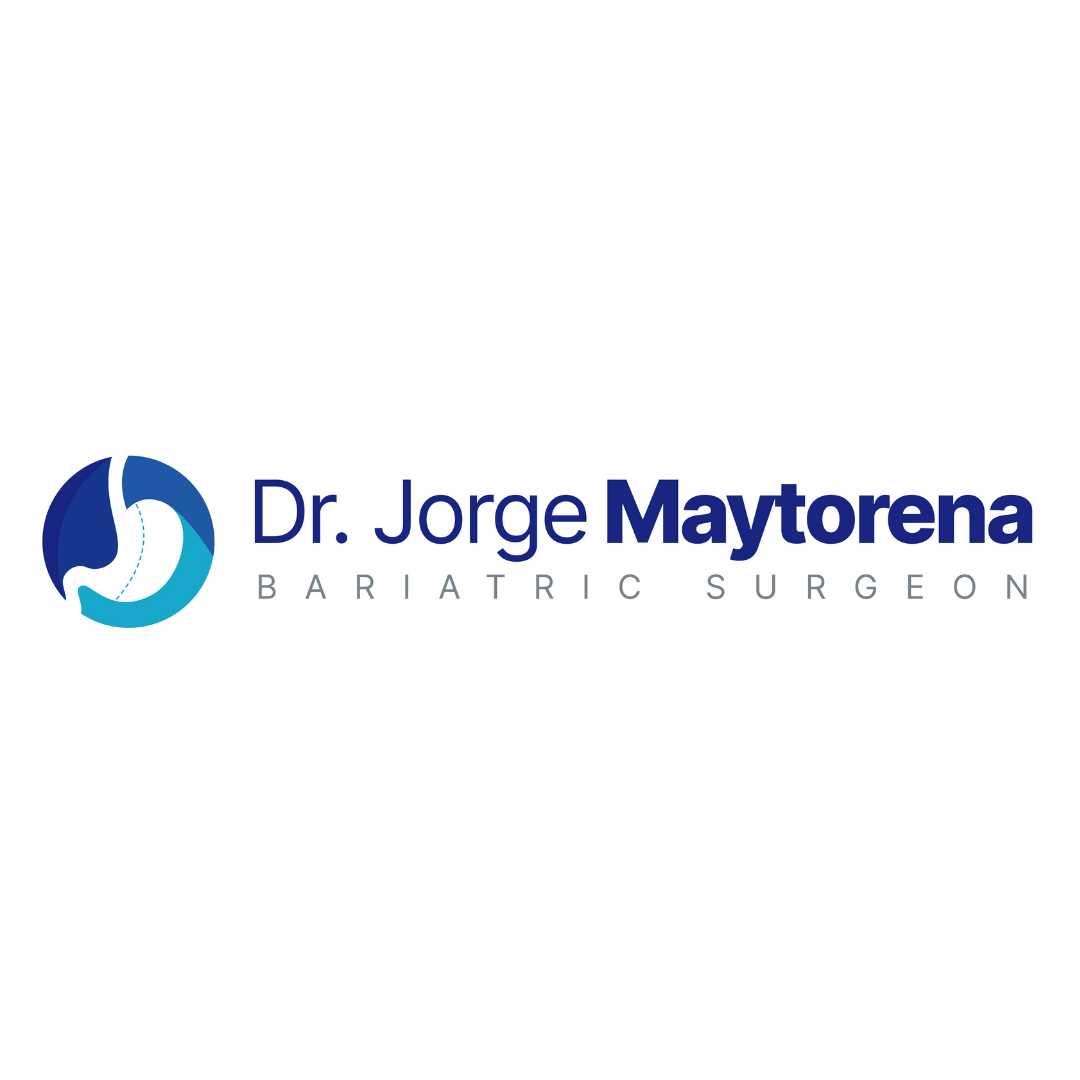
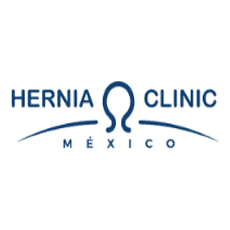
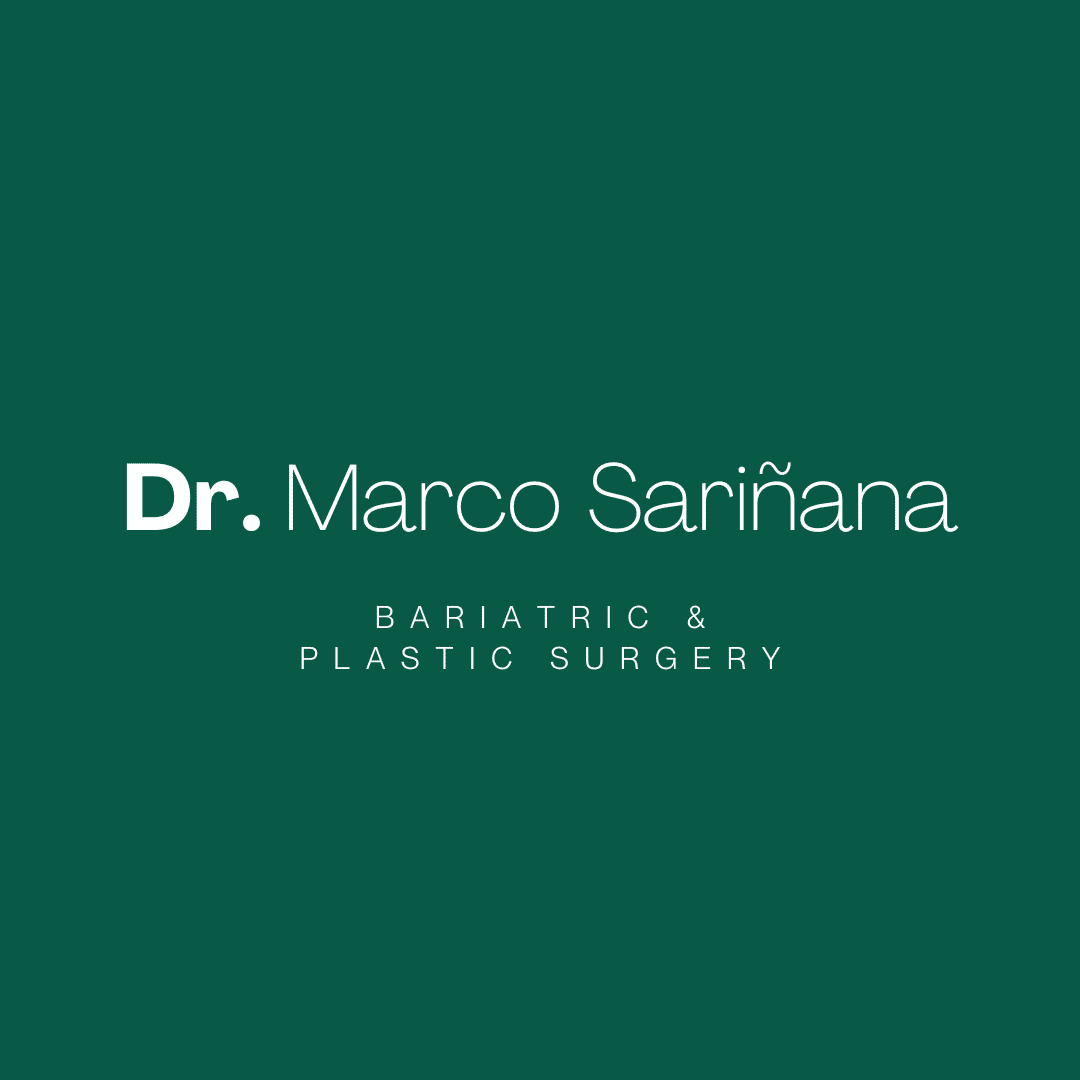
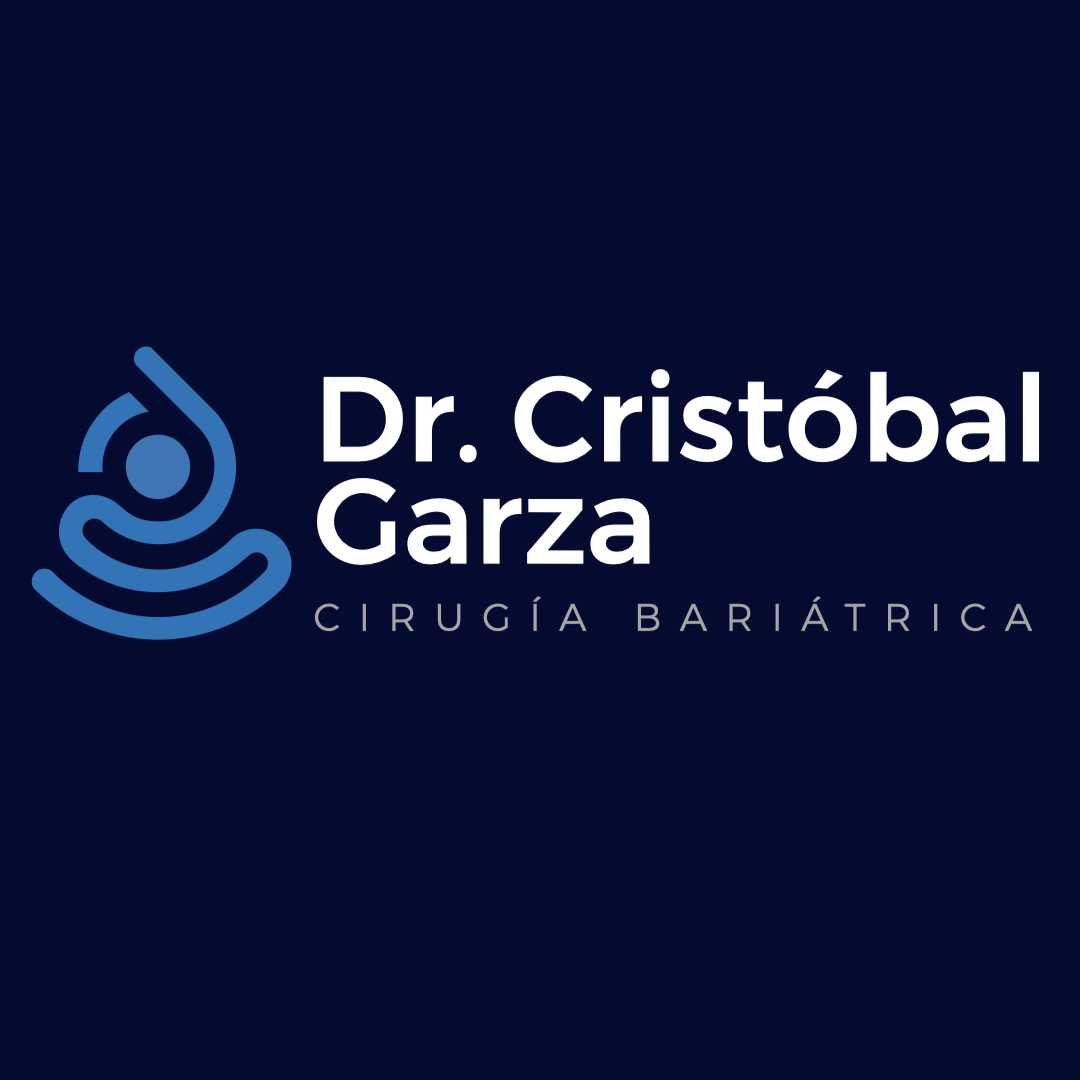
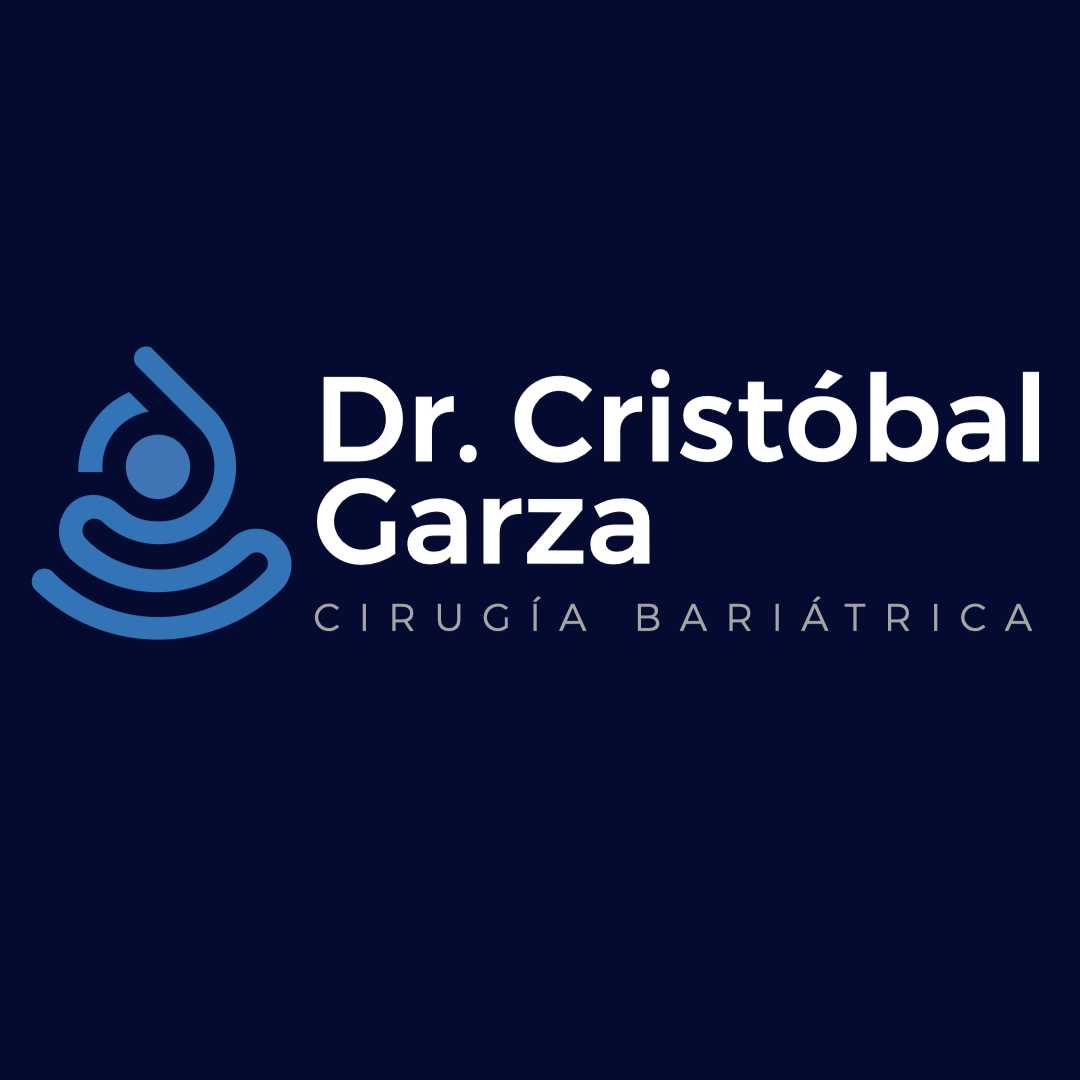

Share this listing